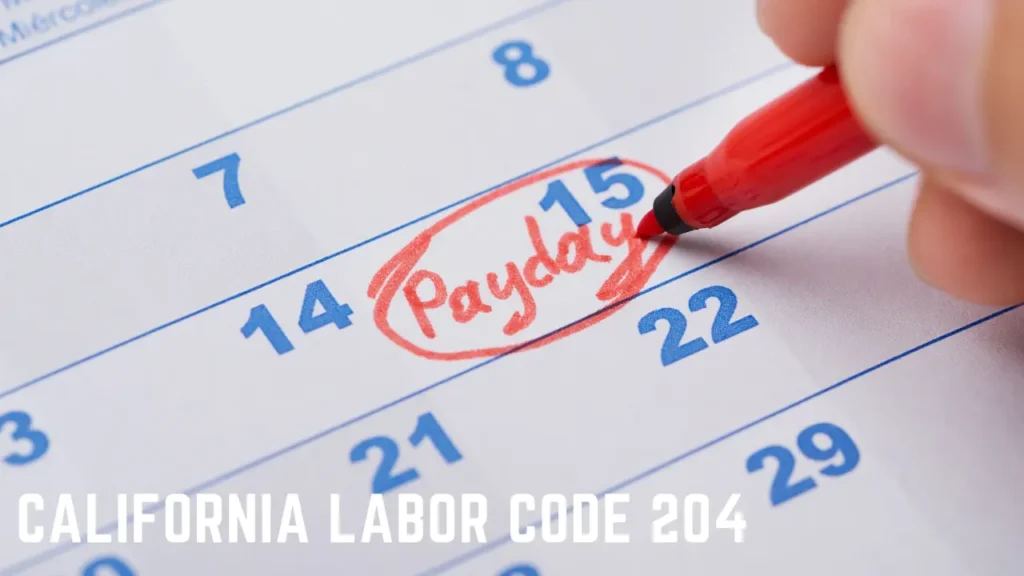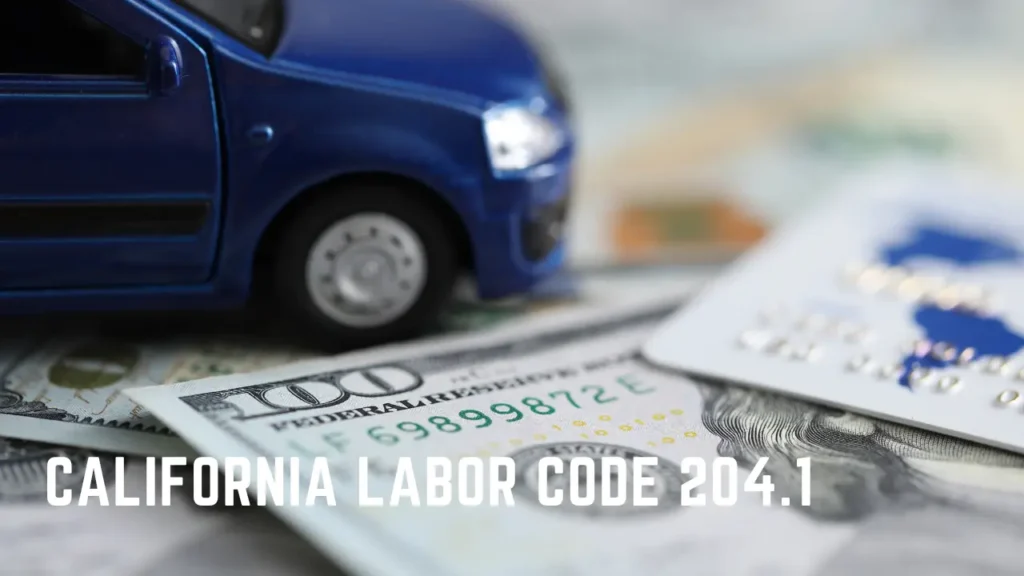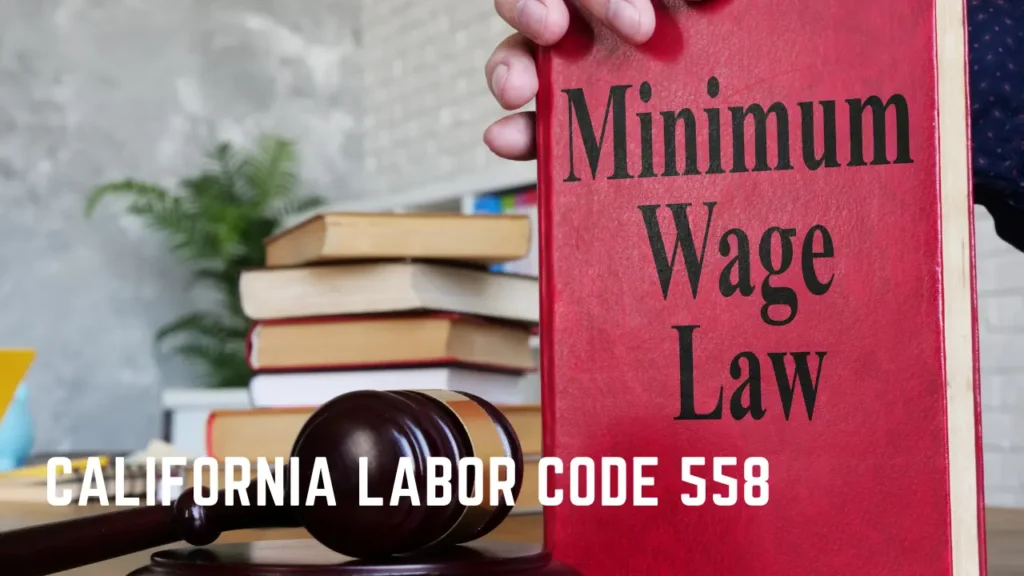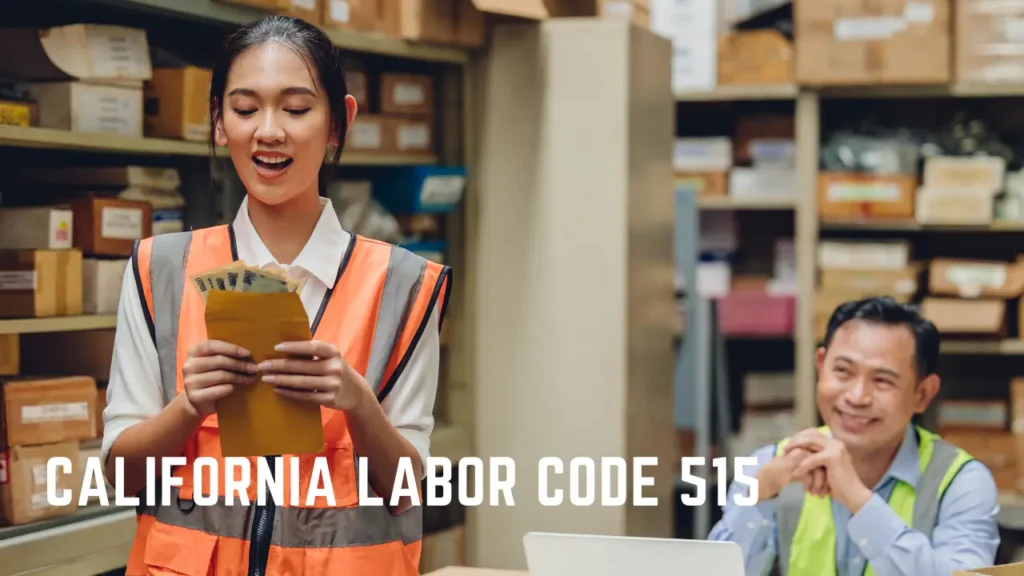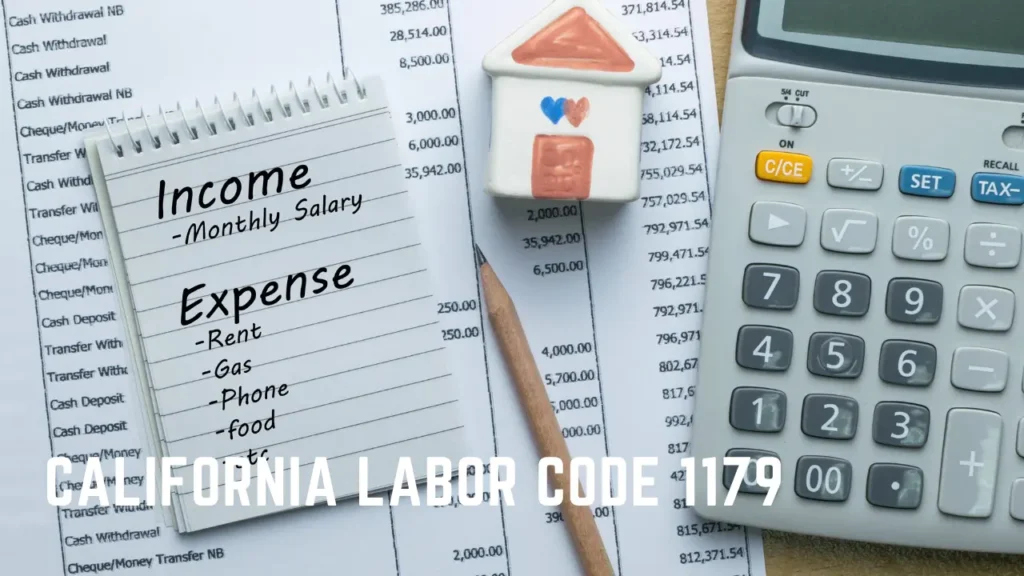Table of Contents
ToggleThis discourse will focus on the key components of drafting a sample demand letter for unpaid wages in California, a crucial step in asserting one’s right to fair compensation. We will explore the essential elements of such a letter, the process of sending it, and the potential outcomes if the employer fails to respond adequately.
While this discussion will provide a general understanding of the subject, it also paves the way for deeper exploration into the complexities of wage disputes and the legal mechanisms available to resolve them.
Sample demand letter example:
Each demand letter is distinct, and tailored to encompass varying details about the employer, the employee, and the circumstances surrounding the unpaid dues. Nevertheless, certain components are imperative in all such letters. Here’s an example of a demand letter addressing unpaid wages:
[Your Name] [Your Address] [Your Contact Information]
[Date]
[Supervisor’s Name] [Employer’s Address]
Dear [Supervisor’s Name],
I write to address the matter of unpaid wages after my termination from your company on March 1st, 2024. As of my departure, an amount totaling $700 remained outstanding for services rendered during the pay period spanning from February 20th to March 1st, 2022. Regrettably, despite the lapse of time, these wages have not been disbursed to me in my final compensation. Consequently, I respectfully request the full settlement of the aforementioned sum prior to April 10th, 2024.
Should the entirety of the $700 in unpaid wages remain outstanding by the specified date, I will be compelled to pursue legal recourse to recover the sum owed. This may entail the involvement of a debt collection agency, for which you may incur associated costs, inclusive of attorney’s fees.
This correspondence signifies a formal plea for remittance and serves as documented evidence, should legal proceedings ensue, of your failure to remunerate my wages in full. If you contest the stated amount, it is imperative that you settle the accurate sum owed and provide a comprehensive rationale for your calculation.
Please remit payment to the following address:
[Your Address]
I trust that this matter can be resolved expeditiously and amicably.
Sincerely,
[Your Name] [Your Signature]
Demand letter for unpaid wages: What is it?
Building on the structure and components of a demand letter discussed earlier, a demand letter for unpaid wages specifically is a written communication that serves as a formal request from an employee to an employer for remuneration that has not been received.
Purpose: The letter informs the employer about outstanding wages and sets a deadline for payment. It indicates the employee’s willingness to take legal action if the wages are not paid within a reasonable timeframe, usually within 1 to 2 weeks or 5 to 10 business days.
Content: The letter contains detailed information about the unpaid wages, the employee’s personal and contact information, and the employer’s information.
Actions: The letter mentions potential legal actions such as sending the debt to a collection agency, filing a claim with the labor commissioner, or initiating a lawsuit.
What details should an unpaid wages demand letter include:
To ensure efficacy and legal compliance, an unpaid wages demand letter must include several critical details that effectively relay the employee’s claim to the employer.
This begins with the personal and contact information of the employee, the date the letter is sent, and comprehensive information about the employer.
The letter should then detail the outstanding wages, clearly stating the amount due and the period for which this payment is overdue.
A deadline for payment, typically set within one to two weeks, should be included.
The letter should also mention potential legal actions if payment is not received, such as filing a claim with the labor commissioner, or initiating a lawsuit for unpaid wages.
What details should an unpaid wages demand letter include?
Here are some details that should be included in an unpaid wages demand letter:
Information about the employee
While the detailed breakdown of unpaid wages and reference to legal statutes are crucial components of the demand letter, it is equally important to incorporate comprehensive information about the employee.
This should include the employee’s full name, contact details, and job role. It is also advisable to mention the date of employment commencement and termination (if applicable).
The employee’s wage rate, work schedule, and any relevant details about overtime or bonuses should be clearly specified. This information is essential to establish the legitimacy of the claim and the credibility of the employee.
Providing this data in a concise and accurate manner can facilitate a swift resolution and ensure that the employee receives the wages they are due.
The date the letter is sent
Incorporating the date when the demand letter is dispatched serves as an essential reference point, marking the beginning of the stipulated deadline for the employer to fulfill the outstanding wage payment.
Legal Significance: The date on the letter is legally significant as it starts the countdown for the employer to respond or face potential legal consequences.
Proof of Communication: The dated letter acts as a documentable proof of communication, making it indispensable in any subsequent legal proceedings.
Time-bound Action: The date sets a clear, time-bound action plan for the employer, pushing them to address the issue promptly, thereby expediting the payment process.
In essence, the date on the demand letter is not just a formality but a strategic tool to enforce timely payment of unpaid wages.
The employer’s information
Including the employer’s information in the demand letter is a critical aspect, as it unequivocally identifies the party responsible for the outstanding wage payment. This information should consist of the employer’s full legal name, the business name if different, and the complete business address. If possible, include any further identifying information such as the employer identification number (EIN).
This not only specifies the entity against whom the demand is made but also enables proper service of any future legal notices. By pinpointing the employer directly, it reduces the possibility of any miscommunication, ensuring the demand reaches its intended recipient.
Therefore, careful inclusion of the employer’s details is imperative to the effectiveness of the demand letter.
The employer’s information
After laying out the specifics of the unpaid wages, the next critical step is to accurately identify the employer in the demand letter. This information should be as comprehensive as possible to prevent any confusion.
- Employer’s Name: Clearly state the full legal name of the company or the individual. If the company operates under a trade name, include both the legal and the trade name.
- Employer’s Address: Provide the complete physical address of the employer. This should include the street name, city, state, and zip code. If available, also include a mailing address.
- Employer’s Contact Details: List the phone number and email address of the employer or the human resources department. This ensures the letter reaches the appropriate party.
Details of the unpaid wages
An essential component of the demand letter is a comprehensive breakdown of the unpaid wages that the employee is seeking. This section should specify the amount of unpaid wages, the period during which these wages were not paid, and the basis for the calculation.
It is crucial to provide as much detail as possible, including overtime, bonuses, commissions, or any other applicable earnings that were not compensated. Documentation, such as pay stubs or time sheets, can strengthen your claim.
How the employer can pay
Upon exhausting all necessary legal actions and ensuring compliance from the employer, it becomes essential to understand the various methods that an employer may utilize to remunerate the unpaid wages.
Firstly, a direct deposit into the employee’s bank account is a common method, offering a paperless, expedient solution.
Alternatively, an employer may choose to issue a physical check, which can be mailed or handed directly to the employee.
Thirdly, cash payments are also permissible, although this method requires diligent documentation for both parties.
Lastly, electronic payment platforms such as PayPal or Venmo are increasingly popular.
Regardless of the chosen method, it’s crucial for employers to provide a detailed payslip, ensuring transparency and legal compliance.
The employee’s signature
In the final stages of drafting a demand letter for unpaid wages, the inclusion of the employee’s signature is a critical component, serving as a formal assertion of the claims made within the document.
- Legally Binding: The signature makes the demand letter legally binding, solidifying the employee’s intent to pursue the unpaid wages.
- Authenticity: Employee’s signature confers authenticity, demonstrating that the letter originates from the employee and the claims made are genuine.
- Formality: A signed letter stresses the seriousness and formality of the claims, emphasizing the necessity for the employer to respond promptly.
Ultimately, the employee’s signature closes the demand letter, signifying the readiness of the employee to escalate the matter legally if necessary. This makes it an indispensable part of any demand letter.
The deadline
The imposition of a clear and reasonable deadline in the demand letter for unpaid wages serves a crucial purpose in the process of wage recovery. This deadline prompts the employer to act promptly and rectify the issue, reducing the chances of a drawn-out legal dispute. Notably, the deadline should be reasonable, typically within one to two weeks, to ensure fairness and practicality.
How should I send the letter?
Choosing the right method to deliver your demand letter for unpaid wages is a critical step, as it can significantly impact the outcome of your wage recovery efforts.
- Certified Mail: This is a reliable option that provides proof of delivery. The United States Postal Service (USPS) will give you a receipt and a unique tracking number, allowing you to confirm that your employer received the letter.
- Courier Service: This method ensures your letter gets delivered quickly and directly to the recipient. Notably, some courier services offer real-time tracking and proof of delivery.
- Hand Delivery: You may choose to hand-deliver the letter. However, ensure that you have a witness during the delivery or obtain a signed receipt as proof of delivery.
What happens if my employer does not pay?
After successfully sending the demand letter for unpaid wages using one of the methods discussed earlier, you might find yourself in a situation where your employer still refuses to pay. If this happens, California law provides several avenues for you to seek justice.
You can file a wage claim with the California Department of Labor, or if the amount is significant, you can sue your employer in court. You are also entitled to interest on your unpaid wages, as well as a penalty if your employer intentionally withheld your pay.
Moreover, if you are fired or face retaliation for demanding your unpaid wages, you can file a wrongful termination lawsuit. It is recommended to consult an employment attorney for advice tailored to your situation.
Conclusion
In conclusion, understanding and crafting a demand letter for unpaid wages is a crucial step for employees in securing their due compensation. It requires meticulous attention to detail, incorporating accurate personal information, and setting a clear payment deadline.
If employers fail to meet their obligations, legal actions may ensue. Professional assistance like that provided by the Shouse Law Group can be invaluable in navigating these complexities, and safeguarding workers’ rights in California.





